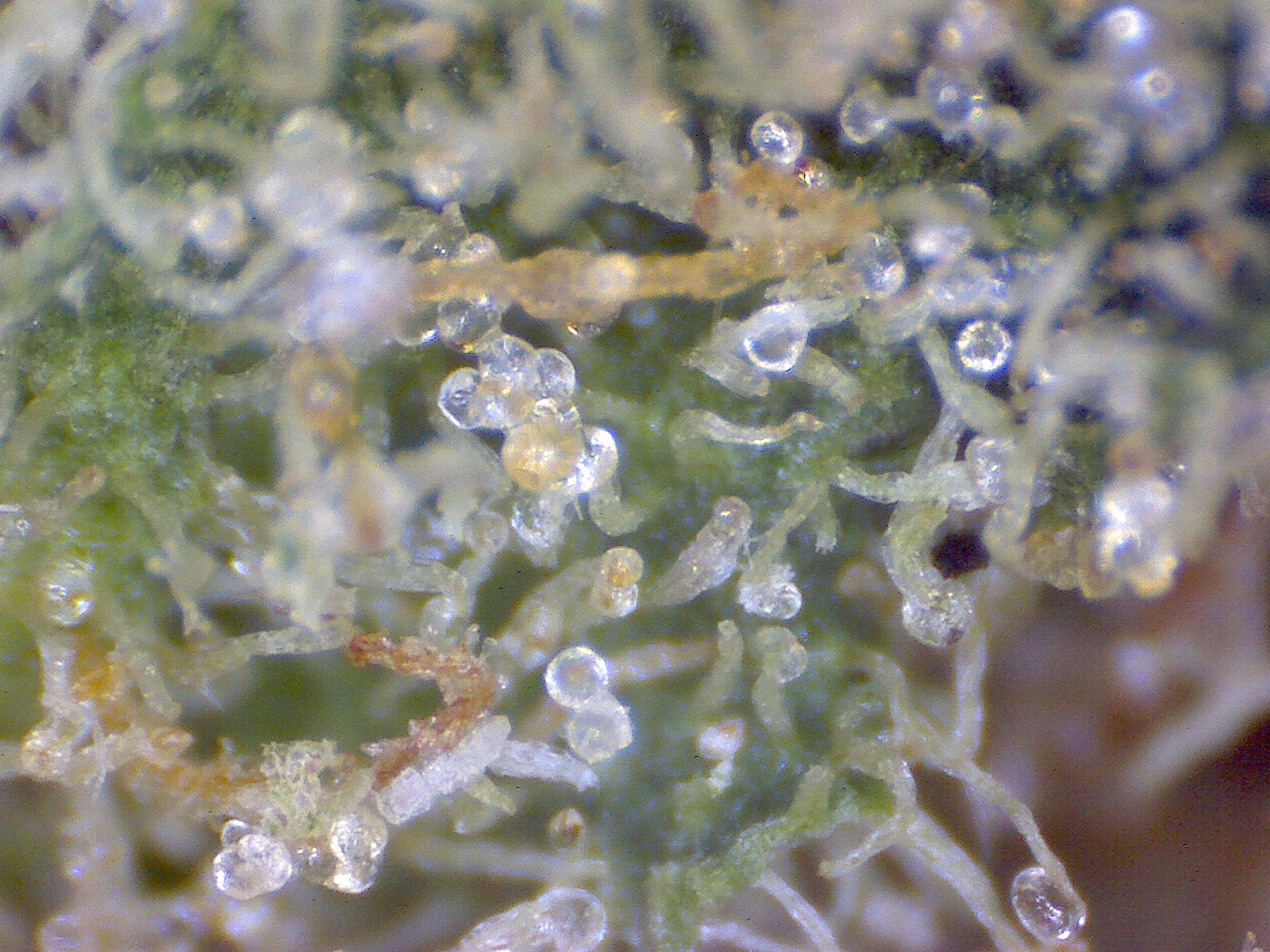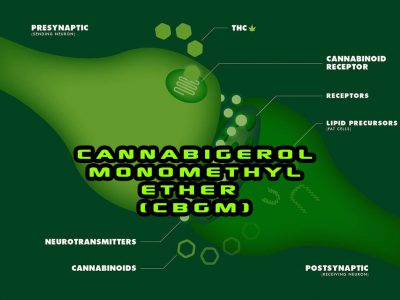THC – Δ-9-tetrahydrocannabinol and Marijuana Related Effects

Even though smoked marijuana consists of around 60 cannabinoids, the famous THC – Δ-9-tetrahydrocannabinol-315 is, assumed to be, one of the cannabinoids that may not be solely but primarily responsible to produce various marijuana-related effects. This may include subjective effects as well as increased food intake.
Indeed we don’t have any systematic comparison of smoked marijuana (repeated dose) with oral THC – Δ-9-tetrahydrocannabinol-315 (repeated dose) in the same individual.
But to compare the smoked marijuana and oral THC – Δ-9-tetrahydrocannabinol-315 effects in human, under the controlled conditions of the laboratory, a study was conducted.
The study involved 11 healthy research volunteers. All of them reported smoking around six marijuana cigarettes each day and participated in an 18-day residential study.
Marijuana cigarettes with Delta-9-THC in 20 mg were taken orally whereas the cigarettes with 3.1% THC – Δ-9-tetrahydrocannabinol were smoked. The consumption was done by using a double-blind, staggered, double-dummy process for 3 consecutive days. The 4 days of placebo administration thoroughly separated every active drug condition.
The subjective effect, psychomotor task performance, and food intake were properly measured the entire day.
As a result and relative to placebo baseline, smoked marijuana as well as orally taken THC – Δ-9-tetrahydrocannabinol-315 produced same subjective-effect rating i.e. Mellow and high. Indeed, some of the smoked marijuana effects were found to be more pronounced as well as less prone for tolerance development.
In addition to that, participants also reported some negative subjective effects i.e. miserable and irritable, during the period and after consuming smoked marijuana but not the orally consumed THC – Δ-9-tetrahydrocannabinol.
Both of these drugs improved the food intake for up to 3 days of drug administration. However, these drugs had much lower effect in terms of psychomotor performance.
Looking at the results of this study, it can be concluded that the behavioral profile of smoked marijuana effects (THC – Δ-9-tetrahydrocannabinol 3.1%) is quite similar to the oral THC – Δ-9-tetrahydrocannabinol 20mg effects with a few subtle differences.
THC – Δ-9-Tetrahydrocannabinol-315 is a Therapeutic Agent

Delta-9-THC is proposed as a popular therapeutic agent that helps in the multiple sclerosis treatment. The popular chemical compound is referred to as cannabinoids and is found in the dried resin glands of the cannabis flower (female). In the raw form of the plant, THC is usually found in acidic form than psychoactive.
If we look at THC from the perspective of organic chemistry, such cannabinoids work as secondary metabolites. This means supplementary chemicals that are produced by the plant but have no direct impact on the reproduction or development of the plant. Marijuana and other similar plants produce such secondary metabolites as an internal immune system.
Such potent chemicals are responsible to keep the plant safe as they fend off viruses, parasites, bacteria and other similar natural predators. Since THC – Δ-9-tetrahydrocannabinol-315 is also a constituent of THC; we can assume it has the similar properly as that of THC. This means THC – Δ-9-tetrahydrocannabinol-315 may also have antibacterial properties in human beings.
For now, we cannot be conclusive about all the properties of THC – Δ-9-tetrahydrocannabinol-315 until we get more information about its presence in unique cannabis.





